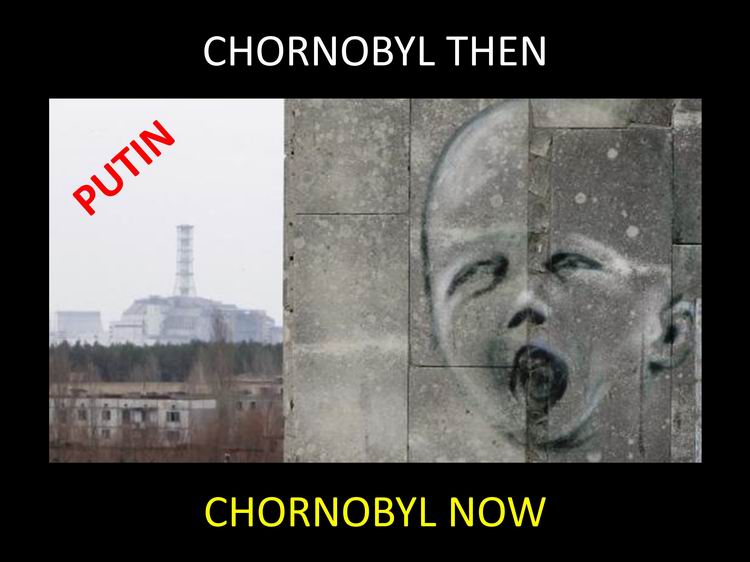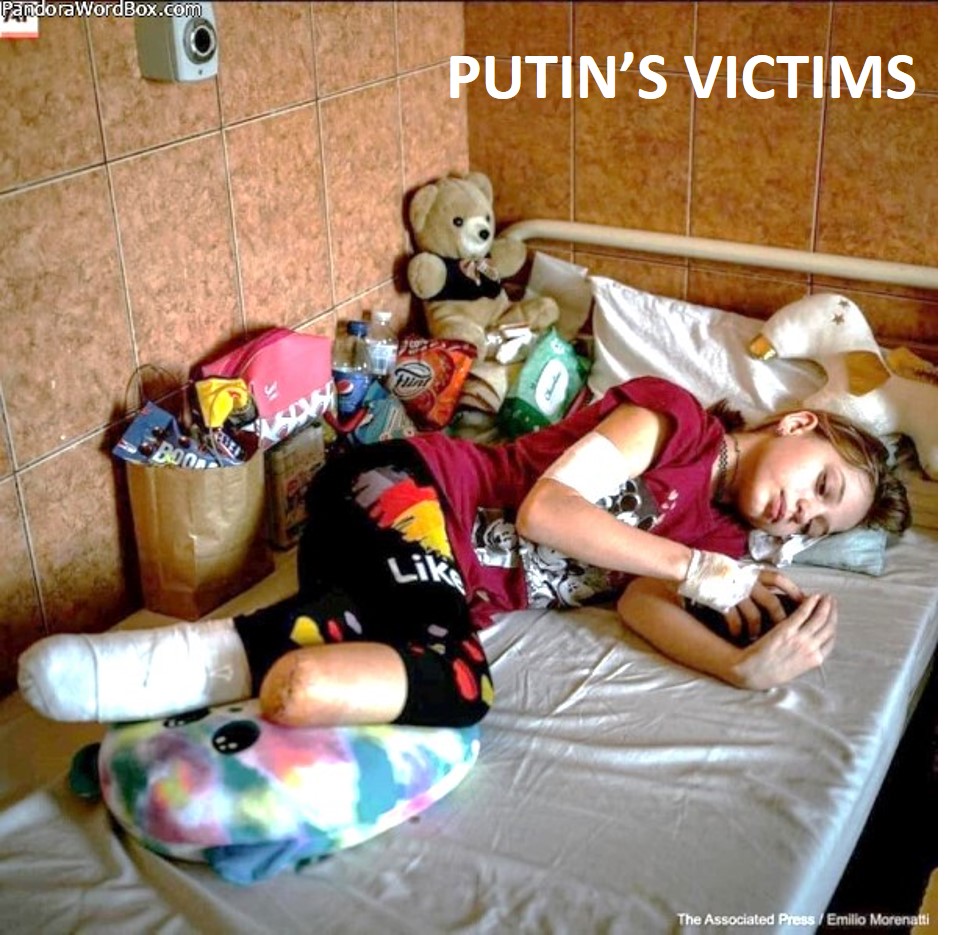BASAL CELL NEVUS SYNDROME 1; BCNS1
Alternative titles; symbols:
BASAL CELL NEVUS SYNDROME; BCNS
GORLIN SYNDROME
GORLIN-GOLTZ SYNDROME
NEVOID BASAL CELL CARCINOMA SYNDROME; NBCCS
MULTIPLE BASAL CELL NEVI, ODONTOGENIC KERATOCYSTS, AND SKELETAL ANOMALIES
The basal cell nevus syndrome (BCNS) is characterized by numerous basal cell cancers and epidermal cysts of the skin, calcified dural folds, keratocysts of the jaws, palmar and plantar pits, ovarian fibromas, medulloblastomas, lymphomesenteric cysts, fetal rhabdomyomas, and various stigmata of maldevelopment (e.g., rib and vertebral abnormalities, cleft lip or cleft palate, and cortical defects of bones) (summary by Koch et al., 2002).
Gorlin Syndrome
Gorlin syndrome is a rare autosomal dominant disease caused by mutations in the sonic hedgehog signaling pathway. Of particular importance is the PTCH1 gene. The disease is characterized by the development of multiple basal cell carcinomas at young ages. These tumors may present with other skin manifestations such as palmoplantar pits and with extracutaneous manifestations such as odontogenic keratocysts and medulloblastoma. Although the dermatologist may be key for recognizing clinical suspicion of the syndrome, a multidisciplinary team is usually necessary for diagnosis, treatment, and follow-up. Skin treatment may be complicated due to the large number of basal cell carcinomas and the extent of involvement. In recent years, new drugs that inhibit targets in the sonic hedgehog pathway have been developed. Although these agents appear promising options for patients with Gorlin syndrome, their efficacy is limited by adverse effects and the development of resistance.
Basal cell naevus syndrome
Authors: A/Prof Amanda Oakley, Dermatologist, Hamilton, New Zealand, 2005; Updated: Meghan Grossmann, Medical Student, Michigan State College of Osteopathic Medicine, Detroit MI, United States of America; Dr Martin Keefe, Dermatologist, Christchurch, New Zealand. Copy edited by Gus Mitchell. October 2021.
Basal cell naevus syndrome is a rare genetic cancer syndrome characterised by multiple early onset basal cell carcinomas, odontogenic keratocysts and other tumours, and other abnormalities. Basal cell naevus syndrome (BCNS) is probably best known as Gorlin syndrome, and is also called naevoid basal cell carcinoma syndrome, amongst many other names.
Nevoid basal cell carcinoma syndrome (Gorlin syndrome)
Orphanet Journal of Rare Diseases
Nevoid basal cell carcinoma syndrome (NBCCS), also known as Gorlin syndrome, is a hereditary condition characterized by a wide range of developmental abnormalities and a predisposition to neoplasms. The estimated prevalence varies from 1/57,000 to 1/256,000, with a male-to-female ratio of 1:1. Main clinical manifestations include multiple basal cell carcinomas (BCCs), odontogenic keratocysts of the jaws, hyperkeratosis of palms and soles, skeletal abnormalities, intracranial ectopic calcifications, and facial dysmorphism (macrocephaly, cleft lip/palate and severe eye anomalies). Intellectual deficit is present in up to 5% of cases.
Nevoid basal cell carcinoma (Gorlin) syndrome
Robert J. Gorlin. Genetics in Medicine – an Official Journal of the The American College of Medical Genetics and Genomics (ACMG)
In large part, it was chance that determined that I volunteered to help a friend who wished to go on vacation in 1958, two years after I came to Minnesota. I promised to sit in his Minneapolis dental office on Saturday mornings and take care of “emergencies.” No real emergencies presented themselves—but I received a phone call from a woman who wanted me to “x-ray her jaws for those pesky cysts.” After several minutes of inquiry, I determined that she had 20 to 30 cysts removed from both jaws dating from the age of 7 years. This unusual story greatly roused my curiosity because I could not imagine what type of cysts they might be. The patient told me that she was not much more than 39, that she had several cysts removed at the University of Minnesota School of Dentistry, and that her dentist in the “early days” had been Dr. Daniel Ziskin, oddly enough my mentor at Columbia University Dental School during my fellowship days.
________________________________________________________________________________________________
Last Updated: 2023/07/18
________________________________________________________________________________________________
|







